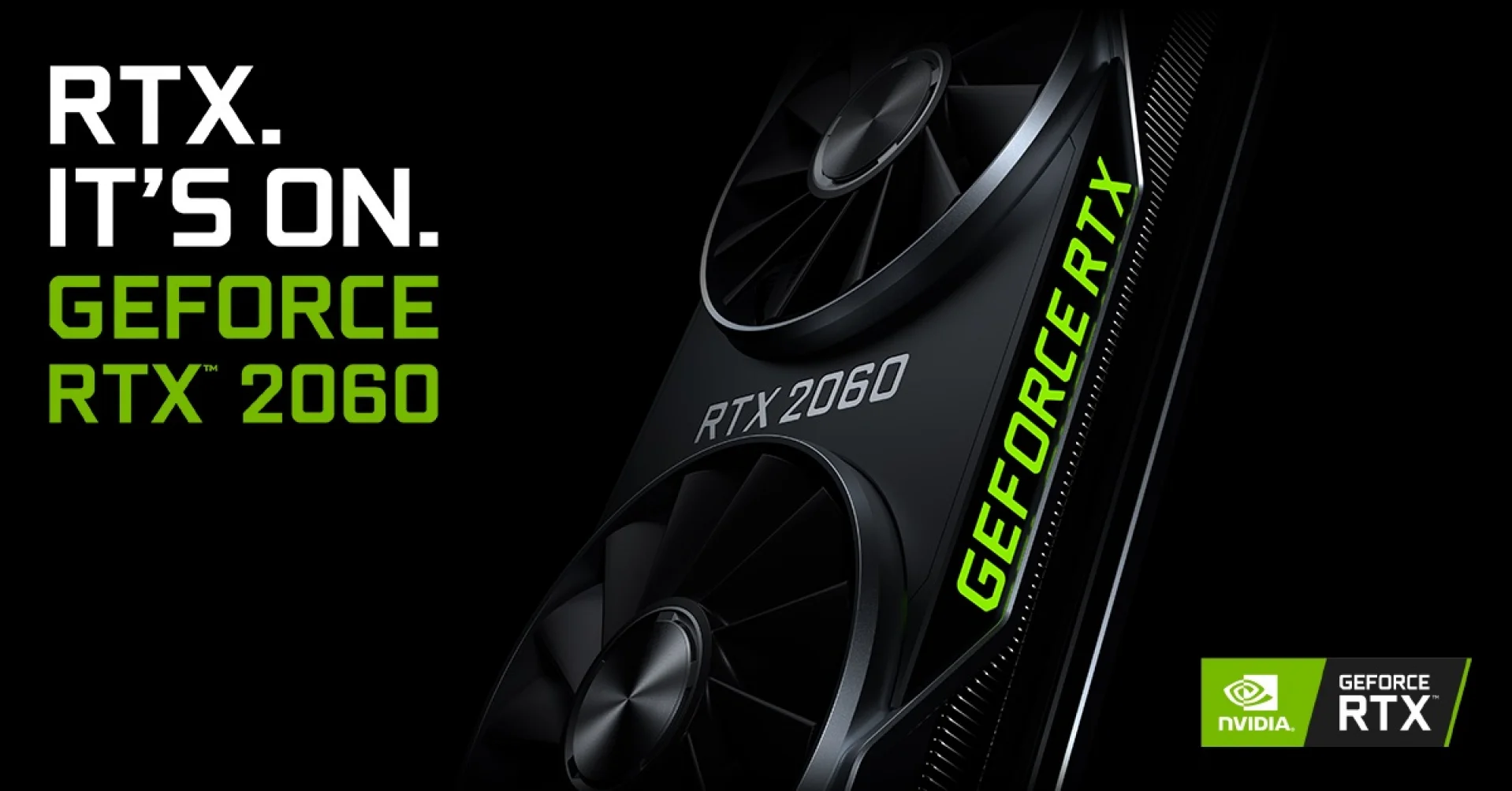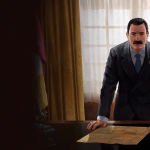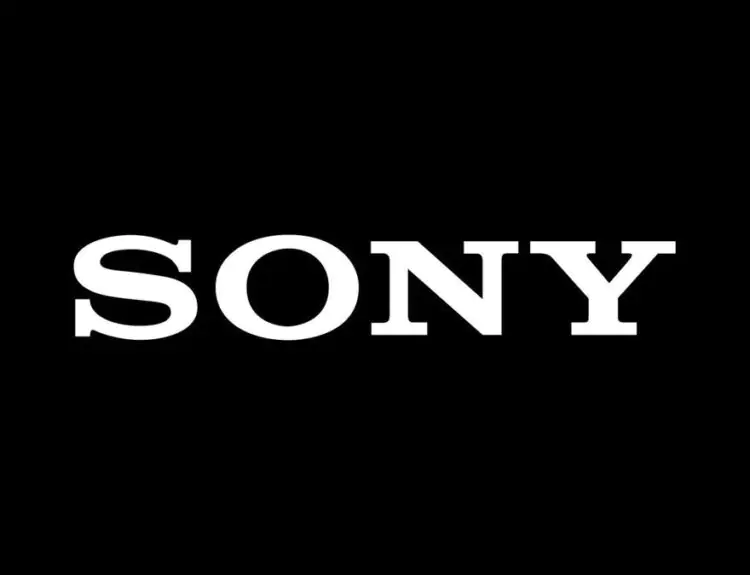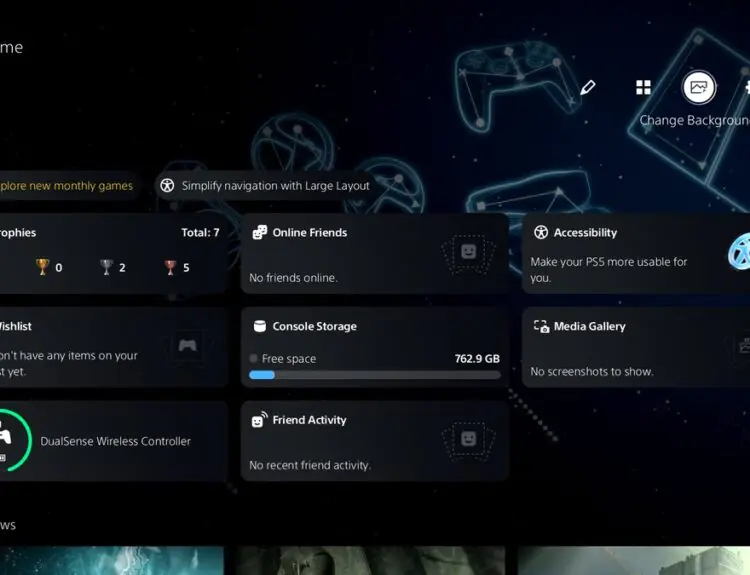Nvidia has not been idly sitting as the pandemic rages around the planet, instead redoubling efforts at taking care of their employees, helping relief efforts, bringing new lighting to Minecraft, and now they’re even greatly increasing the quality of voice chat as more users are using applications to stay in touch with loved ones and friends.
The program is called RTX Voice, and it uses the power of your GPU to help remove background noise from voice transmission. Various things such as the loud clack of your keyboard to a baby crying in the background, RTX Voice samples the noise, and removes everything except for you when transmitting.
It works in a vast variety of applications, from streaming software to trusty Discord, and it’s already reliable in spite of being nestled inside of the disclaimer of beta.
Nvidia states that in order to use RTX Voice, you’ll need to have a GeForce RTX card, on the latest drivers, and also be on Windows 10. One user, however, found that this isn’t necessarily the case.
By entering into the configuration files, you can simply remove the <constraints> tag in its entirety and the software will work with any Nvidia GPU (it’s untested at the moment on AMD GPUs). Worth noting that simply because you can remove the constraints that will check your GPU version, it won’t necessarily work the best without an RTX card. There have been reports of static on cards as late as the GTX 1070 series, and it’s theorized that this is due to a very performance-heavy design.
The application works by stating a virtual device on your machine and using that virtual device to block out unwanted background noise in chat systems. The setup changes depending on where precisely you want to plug it in, from Google Chrome to Discord, and it’s relatively simple to set up. Be advised before you jump too deeply, however, that RTX Voice is currently a beta program developed for a very specific card. Issues that you run into that deviate from recommendations will likely find you staring at a metaphorical brick wall in terms of support.
Some commenters on Nvidia’s forums have stated that the application works well even beyond what Nvidia recommends it for, such as Microsoft Teams.
Regardless of how this technology ends up in a final release, it’s a smart look that nails an issue that many families have stumbled into. Everyone is home, everyone is loud, and you’ve got deadlines to hit.







